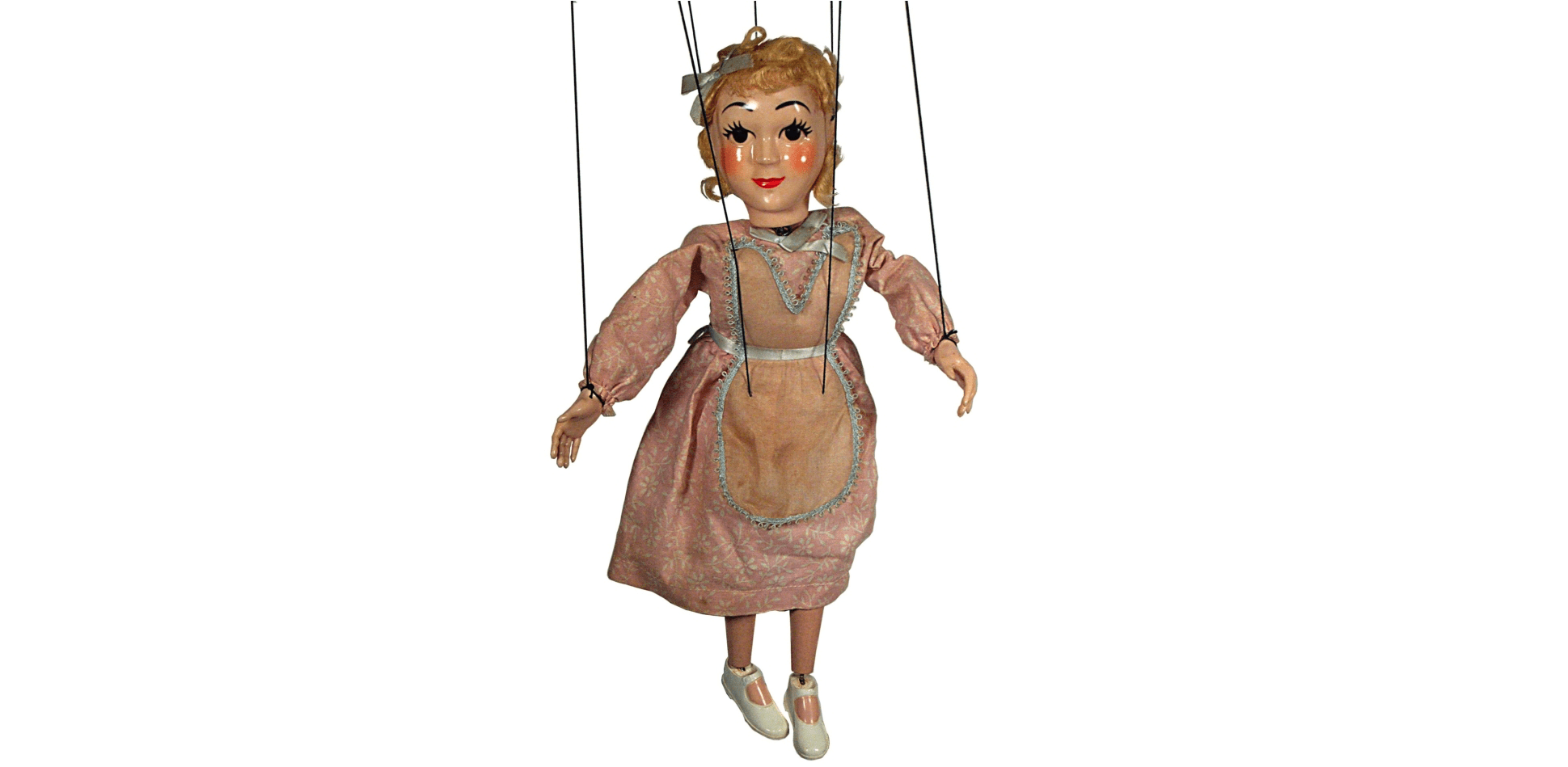How to Respond rather than React.

How many times have you found yourself agreeing to do something or turning something down, only to find yourself a short time later, saying to yourself ‘Why did I do that? That’s not what I want at all?’
It can feel like you responded in a kind of automatic, knee-jerk kind of a way, that once you’ve had time to think it through, seems to be conflicting with what you really want or seems not to make sense? Similarly are there certain situations, behavior’s or language in other people that are ‘guaranteed’ to induce or trigger a predictable reaction or feeling in you, and even though you recognise this, you seem unable to stop it or change it?
It can feel that there’s someone else or that some part of you is inside and running the show, pulling the strings despite your best intentions – this can contribute to us feeling out of control, that nothing we do makes a difference and ‘Life just happens, what can we do?’
Well as it happens, we can do an awful lot, not always to the actual circumstance or situation, however how we respond to it, what we learn from it and how we choose to feel about it, is all under our direct control once we understand what’s going on. It’s all about recognising that we have choices in everything eg. It’s raining almost daily here in Ireland as it does every Winter! So everyday I have a choice – do I sink lower & lower into a heavy mess of ‘OMG it’ always raining/I can’t do anything/I’m fed up/It’s depressing/If only it were sunny/it’s not like this anywhere else? Or do I choose to recognise that 1. I have no control over the weather, so why should it control my mood or actions? 2. Choose a positive from it, which for me is that I appreciate being warm & dry even more than usual or that I am not so pulled to be outside and therefore I am more able to concentrate on a project I am working on that will mean I can spend more time outside in the warmer months?
If someone says something negative or hurtful about others or me, I can choose to take it right in to my core and let it dictate how I feel all day about myself or them or the situation, feeling angry, resentful, revengeful, distracted, hurt etc. Alternatively I can practice saying ‘I’m sorry that you feel that way, I don’t feel that to be my experience of XYZ, thanks for sharing that with me!’ or words to that effect. I can perhaps, if I know them well enough, understand why they may take that view & even feel compassion for them if they are stuck in a negative place? I can tell them ‘I understand why you are saying that and this is how I view it/understand it’. It goes back to the glass half full or glass half empty thing – eg ‘ how interesting that you see the glass as half empty, I see it as half full – we are both right, they are just different ways of looking at the glass’ ! Of course you can take it further and see if you can identify why you see the glass the way that you do……..
With practice, you can, bit by bit, alter the way you respond to situations, other people, old triggers & you can make more conscious choices about how you feel & how you behave. You can become the Architect of your own life, take an active part in how things go and no longer feel like a puppet -only reacting or moving when the invisible puppet master pulls the right strings!
So what is actually happening when we react to certain ‘triggers’ without a true sense of conscious thought or processing & it then it seems to be at variance with what we really want later on? Understanding this comes down to our knowledge of the 2 main parts of our mind: –
- The conscious mind – the part – (approx 20%) – that we are aware of and that looks at the pro’s & cons and seems to make choices based on logic/practicalities/need/desire etc.
- The Sub-conscious mind – the part – (approx 80%) – that governs our automatic responses eg moving an arm or driving or pulling away from a fire.
We can’t possibly make conscious decisions about absolutely everything as we would be incapable of doing anything, so the vast majority of what we do is coded into our hard drive and then churned out if certain ‘buttons’ or ‘triggers’ are pressed. These can be physical responses or emotional responses and they are always put in place originally in an attempt to protect us from further harm or uncomfortable emotions or feelings. So eg, if I had a very embarrassing experience reading aloud in school as a child & I made a mistake & people laughed, I may have felt ashamed/embarrassed/that I had failed. My mind doesn’t want me to feel like that again, because its difficult and painful. So to protect me it logs those feelings as having been triggered by standing up & reading in public, so next time I try to do that, it will re-create those feelings as a reminder that if I stand up and read in public this is what will happen, don’t do it!!
However I am no longer a child and now I’m doing a job that requires me to speak publicly on a regular basis, my conscious mind understands this and sometimes even welcomes it, however my invisible computer code is still running in the background and inducing these feelings of discomfort. So no matter how hard I try, how I feel about public speaking won’t change. Of course it won’t, it can’t until we find that piece of coding and either delete it or file it in a different place so it no longer gets triggered by the same things. This can be done during a QTT Personal development session and can be made a great deal easier by practicing small changes daily that introduce the idea of choices & alternative possibilities. Sometimes we change or release some of the more minor codes simply by understanding why they are there & being conscious of them. By seeing things from a different perspective we become less & less convinced that there is only one way to react or behave. We are able to identify & update our programming so that we are no longer triggered in the same way, and once we no longer have those feelings attached like limpets to certain behaviors, then the behavior isn’t a problem anymore.
My 3 practices to help loosen up your reactions and introduce the idea of there being choice and possibility in your life:-
- Delay – Instead of going with your initial reaction to anything – a request, a criticism, a challenging situation – buy yourself some processing time. Practice saying something like .’..I’m not sure how I would like to respond to that, leave it with me and I’ll come back to you in eg an hour/a day/a week etc. Then sit with it, look at your first ‘knee jerk’ reaction, does it work for you/ make you feel good/how is it protecting you? What could you choose to do or say instead?
- Positive learning – What can you learn from any experience or situation no matter how negative?
- Flip it over!– Identify at least one alternative way of understanding or looking at something, a way that helps you either understand yourself or others or simply opens you up to the knowledge that there are always alternatives or choices.
The more we practice these things the more second nature they become – once we know something we can’t ‘un-know’ it! It leads to more compassion and understanding of others, less judgmental behavior, less of a need to have to prove that our view or our behavior is the only right one and that anyone else’s must be changed or proved wrong. We can spend a lot of valuable energy on these fruitless pursuits, how lovely to be able to put them down and stand strong in the knowledge that we don’t need to do that anymore.
